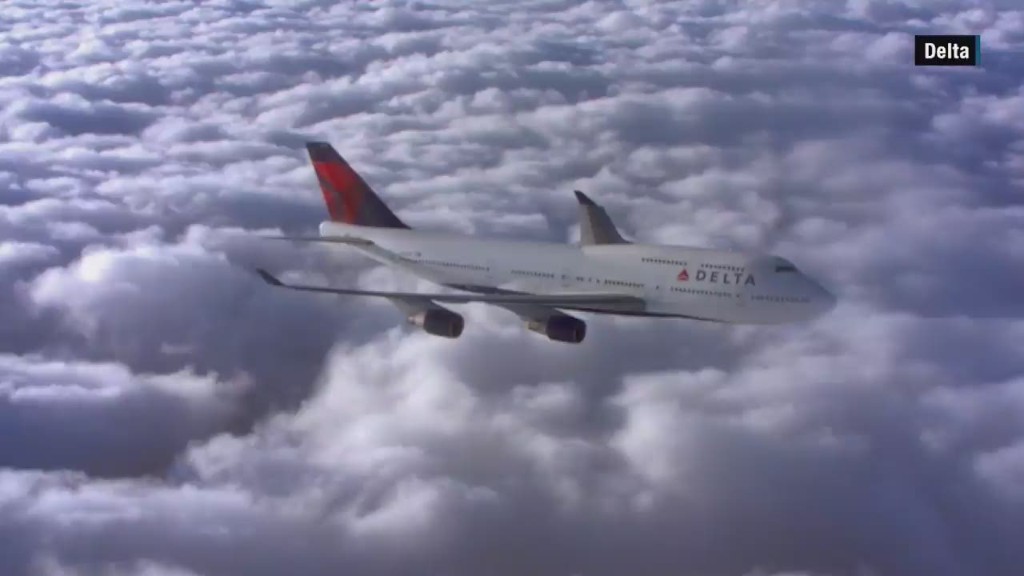
Not so long ago, airlines used to fly their planes half full.
This isn't a hypothetical scenario, or the start of a joke. In 1970, only 49% of the seats were occupied on a typical flight, according to Michael Sivak, a professor at the University of Michigan's Transportation Research Institute. Now, flights are around 83% full.
Two things worked to put more people on planes: Deregulation and technology. The result is flights that are certainly more crowded, but also cheaper and far more fuel efficient.
Deregulation: Up until 1978, the airlines were regulated by the federal government, much like a utility. The government told each company what routes it could fly and how much it could charge for each ticket. The only real way airlines could compete with each other was on service, said Severin Borenstein, a University of California Berkeley professor specializing in the airline industry.
While airlines couldn't choose routes, they could control how many flights per day serviced those cities, said Borenstein. Offering more flights per day was one of the main things airlines did to compete. Customers bought seats for a certain flight, but there was no fee to change times.
"The idea was you could just arrive at the airport and there would be a flight to where you wanted to go," he said.
Related: Planes, trains, cars, buses: What's best for the earth?
That may have been convenient, but it also meant flying around lots of empty seats -- which of course is costly. That's one of the reasons airline ticket prices have fallen from an infaltion-adjusted $600 in 1979 to $385 currently, even including extra costs like baggage fees, according to the airline industry.
Technology: Following deregulation in late 1978, the airlines began competing on price. Lower prices meant fuller planes. At first the increase in passengers was noticeable, but most of the gains since have been incremental -- just a percent or so increase each year. This is largely due to the incremental increases in computing power, said Borenstein.

Nowadays the airlines employ buildings full of people (and, increasingly, machines) writing complicated code that figures out what a particular seat needs to be priced at in order to sell.
There are dozens of pricing categories now -- from seats with extra leg room to trips with Saturday night stays to how far in advance the seat is purchased. And the software is constantly adjusting the price to fill as many seats as possible. Plus, airlines have put more seats on each plane.
In addition to lowering ticket prices, fuller planes make flying greener. Since 1970, the energy a plane uses per passenger has dropped 74%, according to the University of Michigan's Sivak. The typical flight now actually uses less fuel per passenger than the typical car trip -- a reversal from just over a decade ago.


